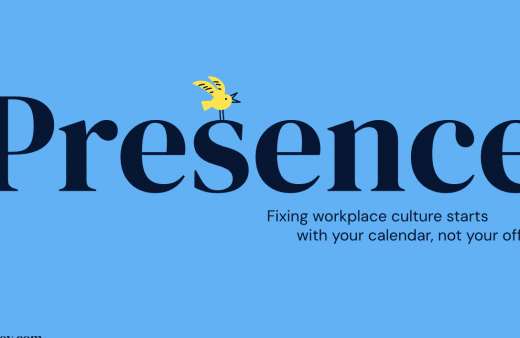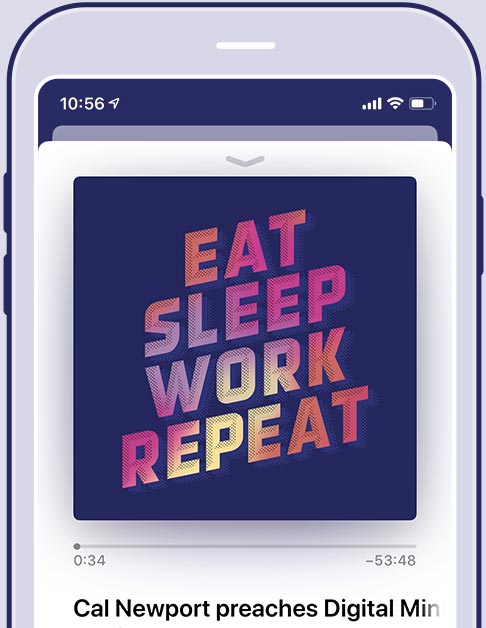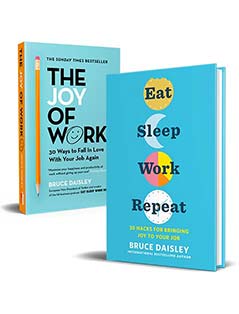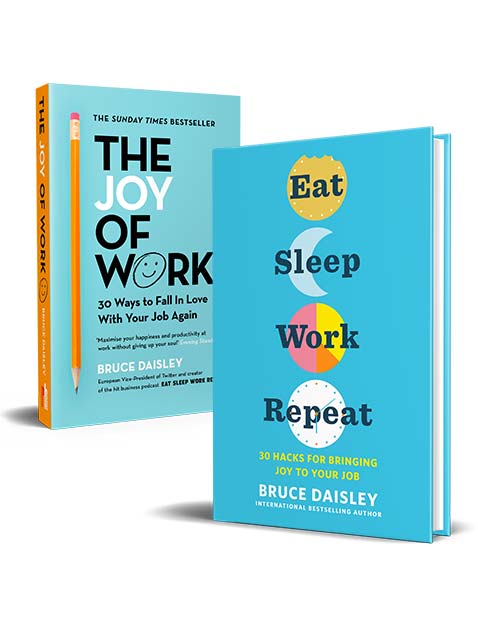How to build a truly engaged team
What can we learn from the latest Gallup workplace survey?
Today’s episode is an in depth exploration of the latest Gallup Global Workplace Report, Anna Sawyer, a Principal at Gallup takes us through the findings – and the implications for all leaders.
If you like this I actually shared a lot of the data on the newsletter a couple of weeks ago – read that here.
Get your hands on Gallup’s ‘State of the Global Workplace Report’
I loved the Gallup report on employee burnout (and I cited the results in the show)
We talk a little about the Gallup Q12 criteria that help them form their results, people are asked:
- I know what is expected of me at work.
- I have the materials and equipment I need to do my work right.
- At work, I have the opportunity to do what I do best every day.
- In the last seven days, I have received recognition or praise for doing good work.
- My supervisor, or someone at work, seems to care about me as a person.
- There is someone at work who encourages my development.
- At work, my opinions seem to count.
- The mission or purpose of my company makes me feel my job is important.
- My associates or fellow employees are committed to doing quality work.
- I have a best friend at work.
- In the last six months, someone at work has talked to me about my progress.
- This last year, I have had opportunities at work to learn and grow.
Friendship is ‘the privilege of having been seen by someone and the equal privilege of having been granted the sight of the essence of another’ – David Whyte
Read the meta-analysis (I *think* only 2020 is released at the moment)
Findings: Median percent differences between top-quartile and bottom-quartile units were:
- 10% in customer loyalty/engagement
- 23% in profitability
- 18% in productivity (sales)
- 14% in productivity (production records and evaluations)
- 18% in turnover for high-turnover organisations (those with more than 40% annualised turnover)
- 43% in turnover for low-turnover organisations (those with 40% or lower annualised turnover)
- 64% in safety incidents (accidents)
- 81% in absenteeism
- 28% in shrinkage (theft)
- 58% in patient safety incidents (mortality and falls)
- 41% in quality (defects)
- 66% in wellbeing (net thriving employees)
- 13% in organisational citizenship (participation)










